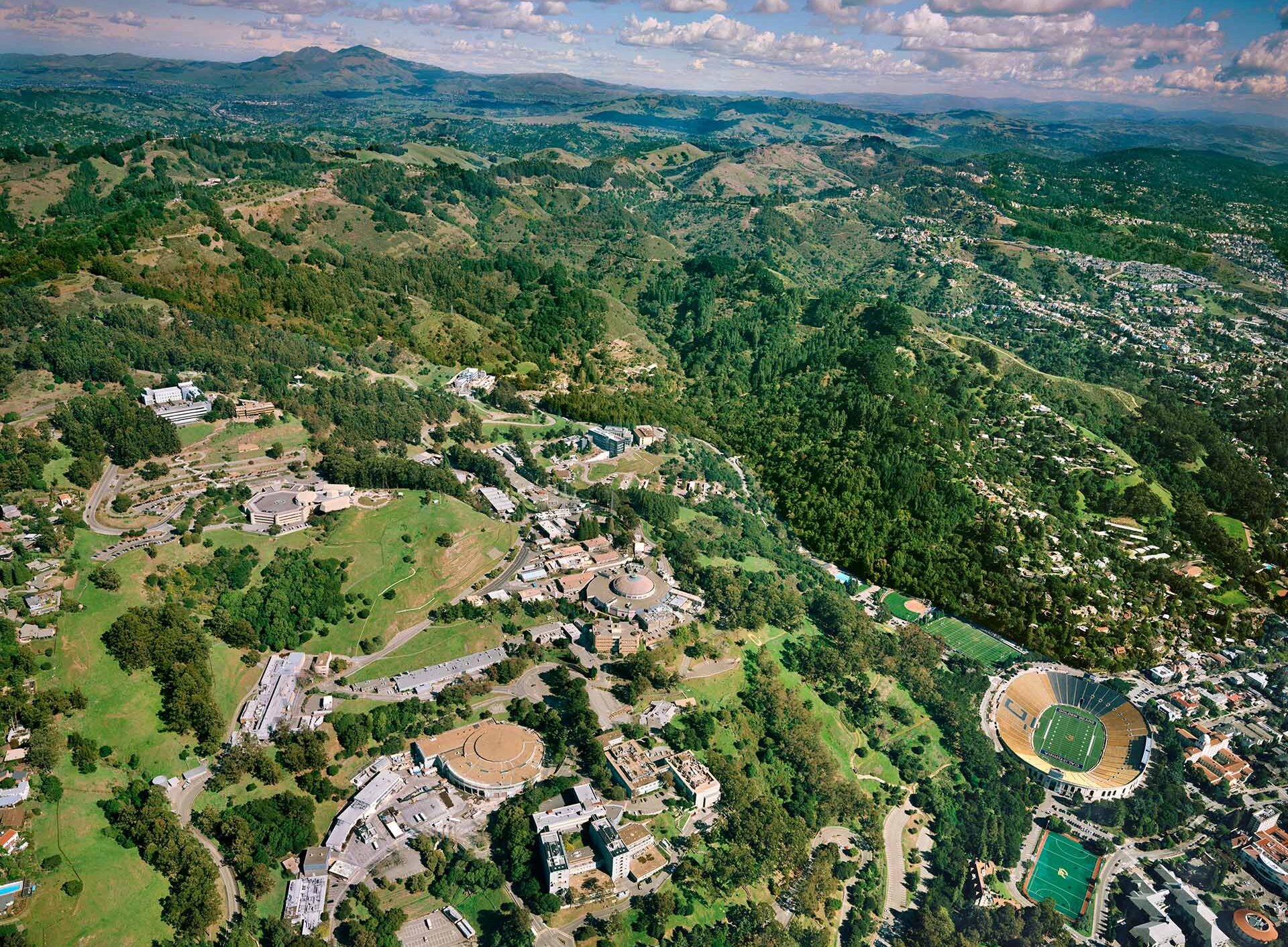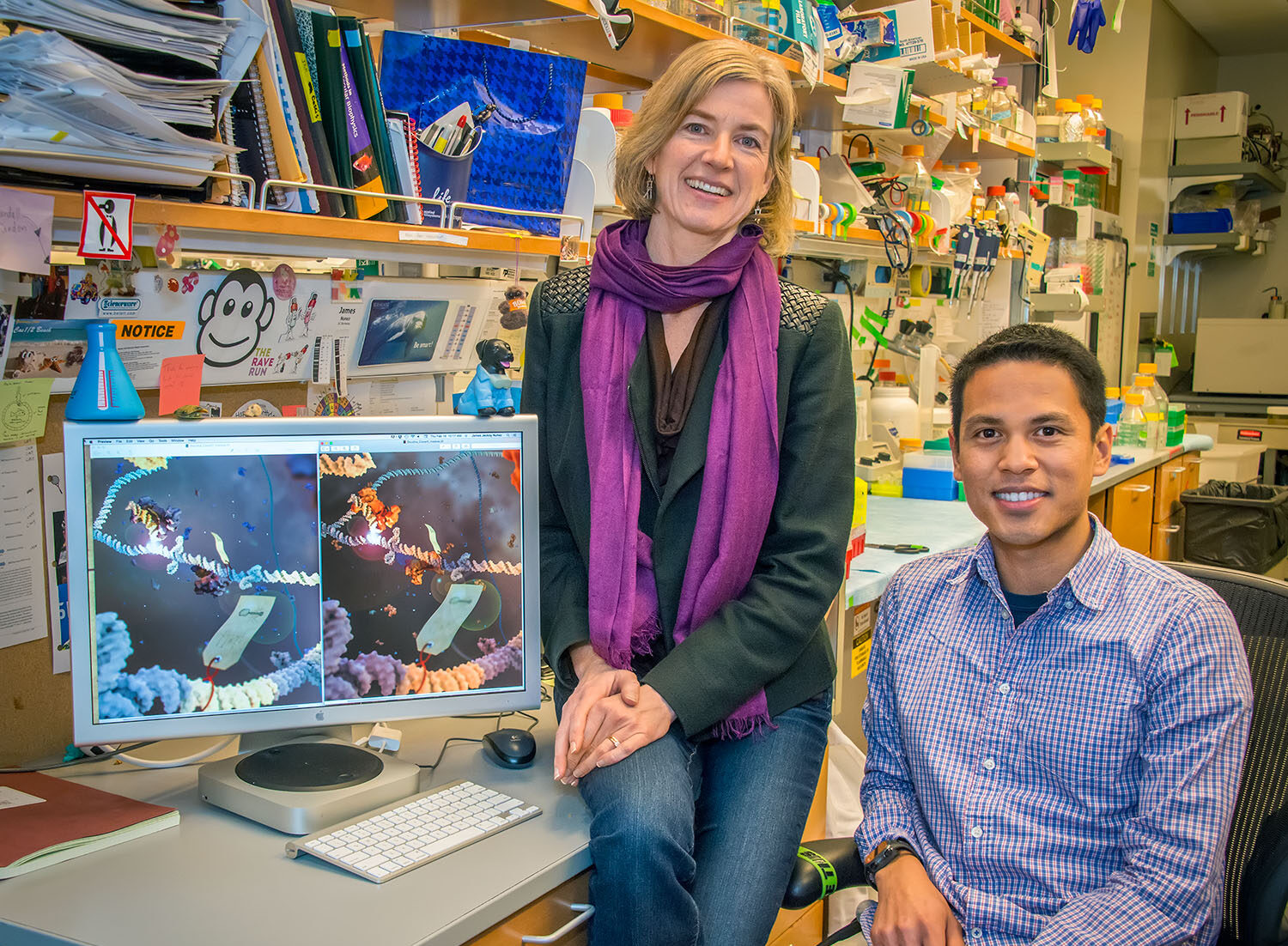
The Berkeley Lab–UC partnership is the most productive integration of a national laboratory with a major research university. It has led to 16 Nobel Prizes, 18 National Medals, and hundreds of scientific breakthroughs that have changed the world.
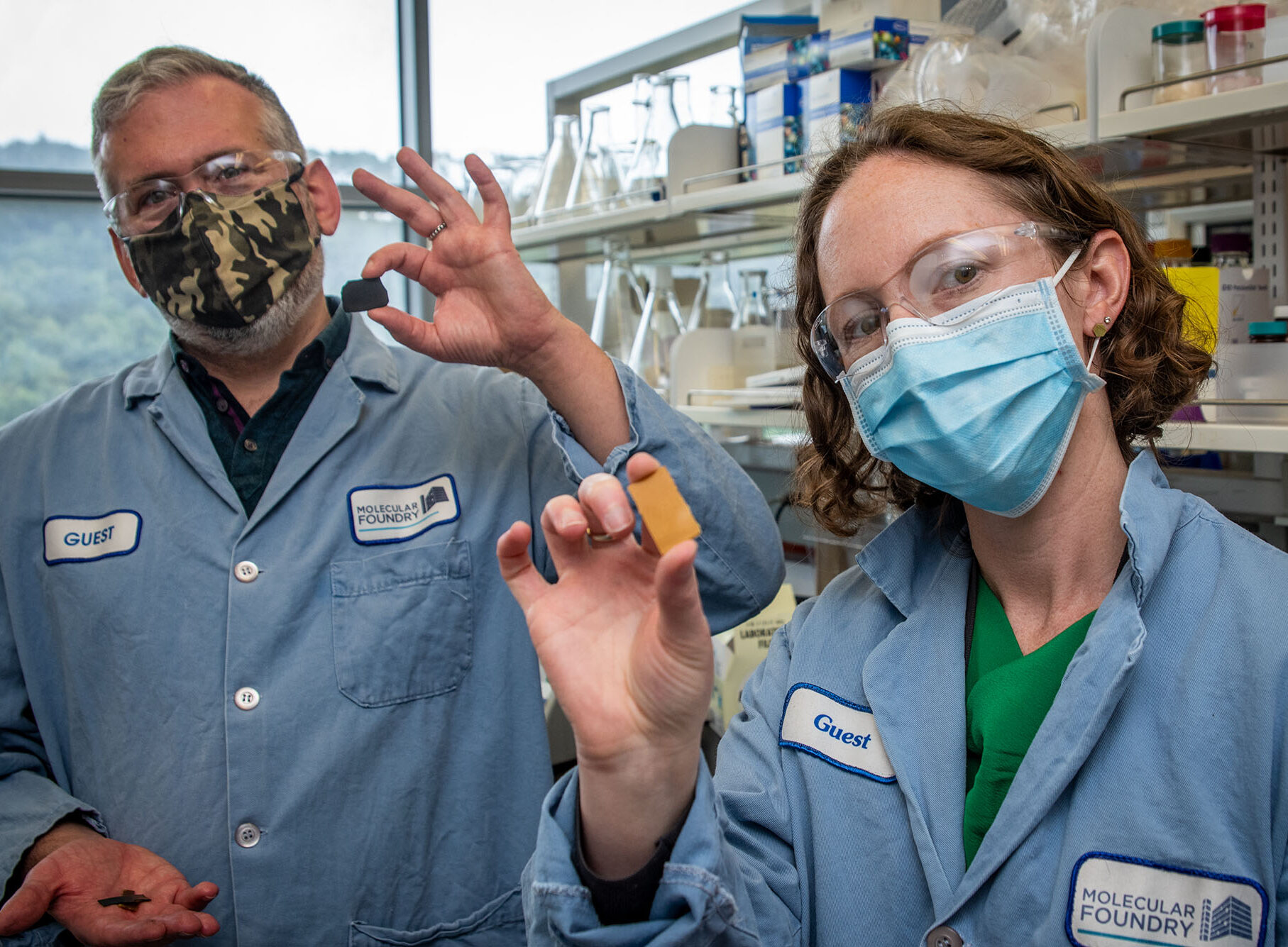
The Lab’s close relationship with the UC system, including its 10 campuses, brings the ingenuity of the nation’s leading public university to bear on the Lab’s critical research mission. It offers UC faculty, postdocs, and students access to world-class experimental facilities and opportunities to collaborate with leading researchers on large, complex, multidisciplinary problems.
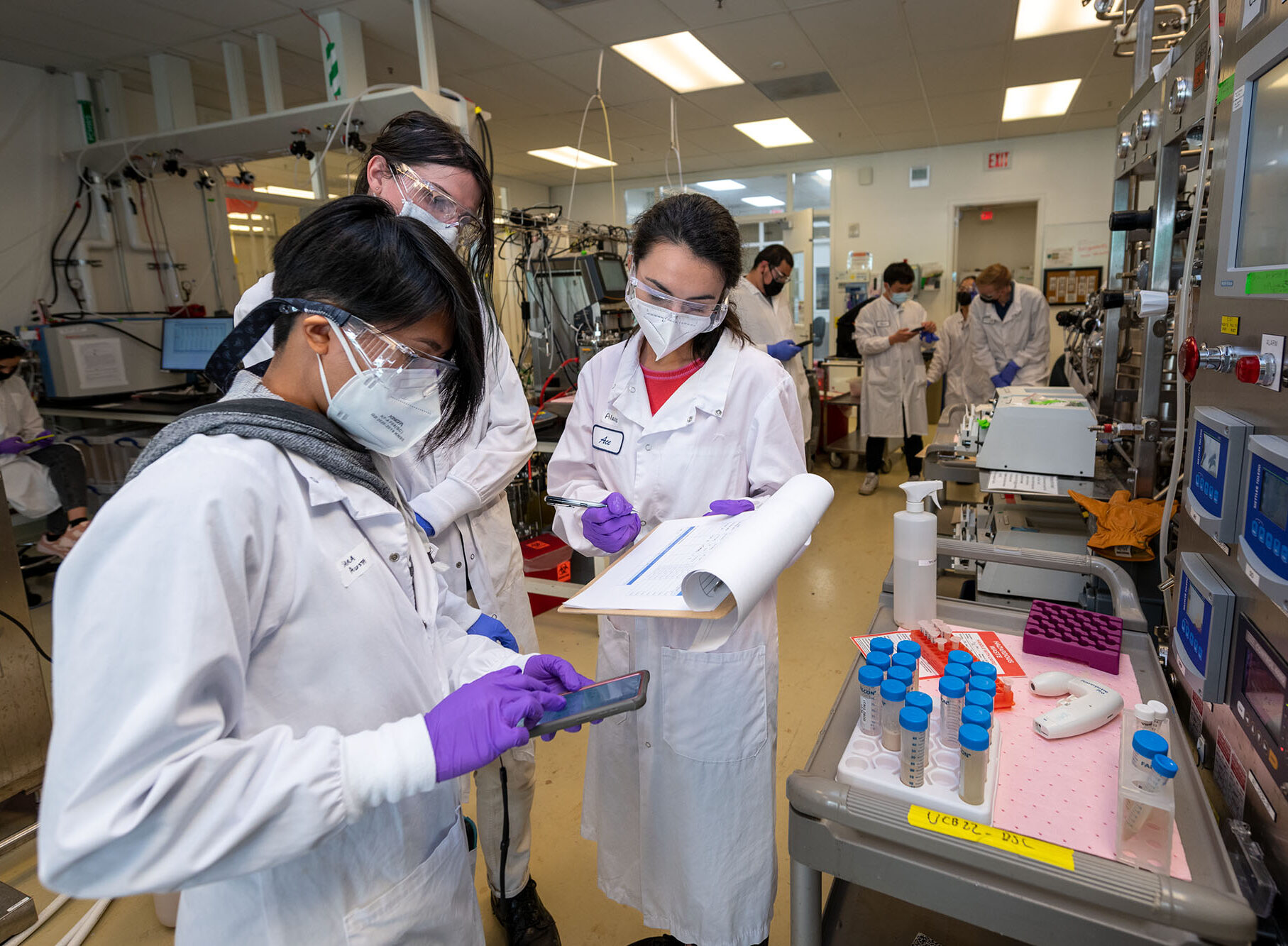
Berkeley Lab’s special relationship with one of the UC campuses — UC Berkeley — began in 1931, when Ernest Orlando Lawrence founded the Rad Lab on the Cal campus. A few years later, he built his first large cyclotron on the hillside above UC Berkeley, where Berkeley Lab and its mission grew. The close-knit relationship continues today, with hundreds of joint appointments and collaborations, resulting in thousands of research innovations every year.
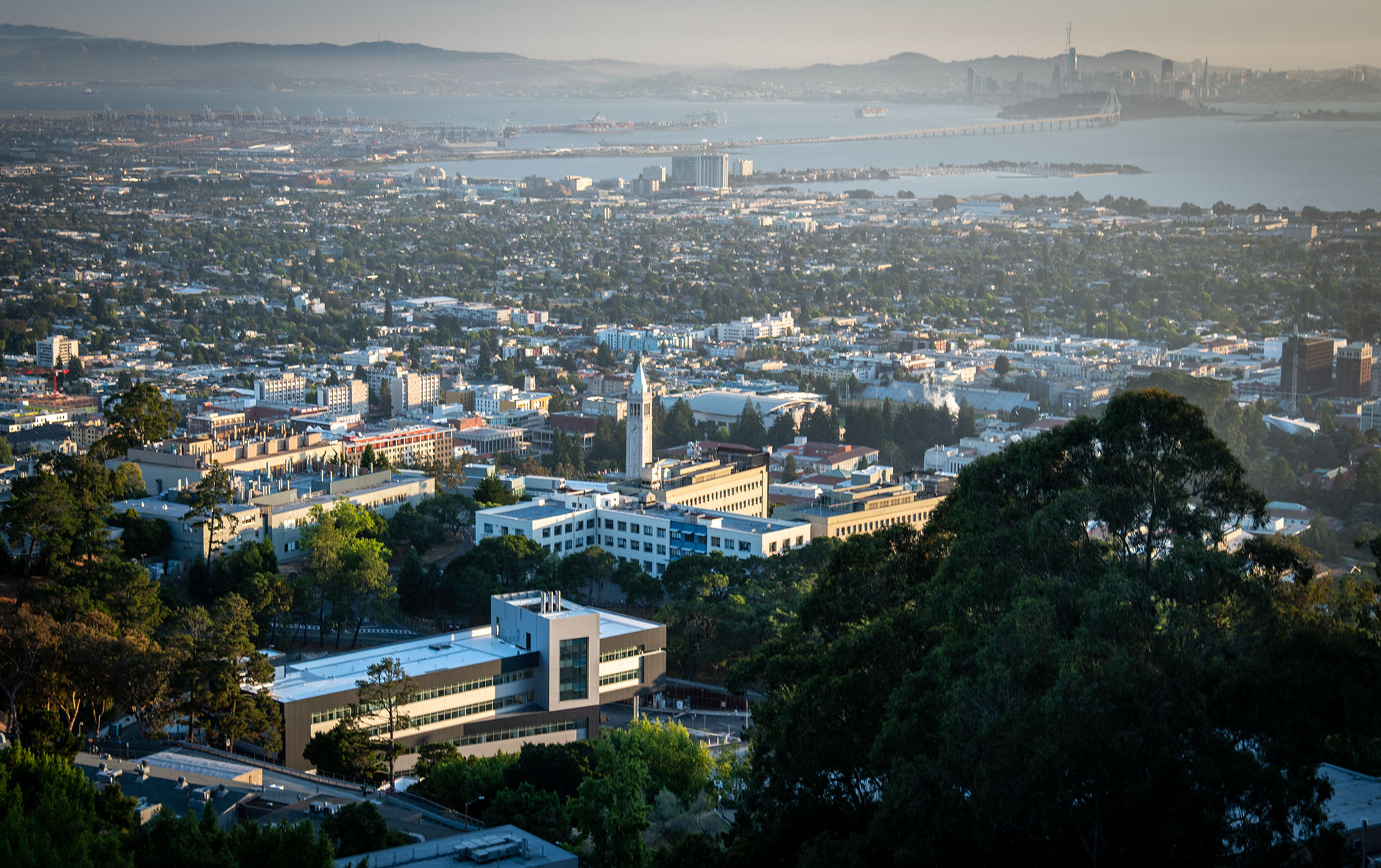
Today, Berkeley Lab occupies 202 wooded acres of UC property with a panoramic view of the UC Berkeley campus, the San Francisco Bay, and Silicon Valley.
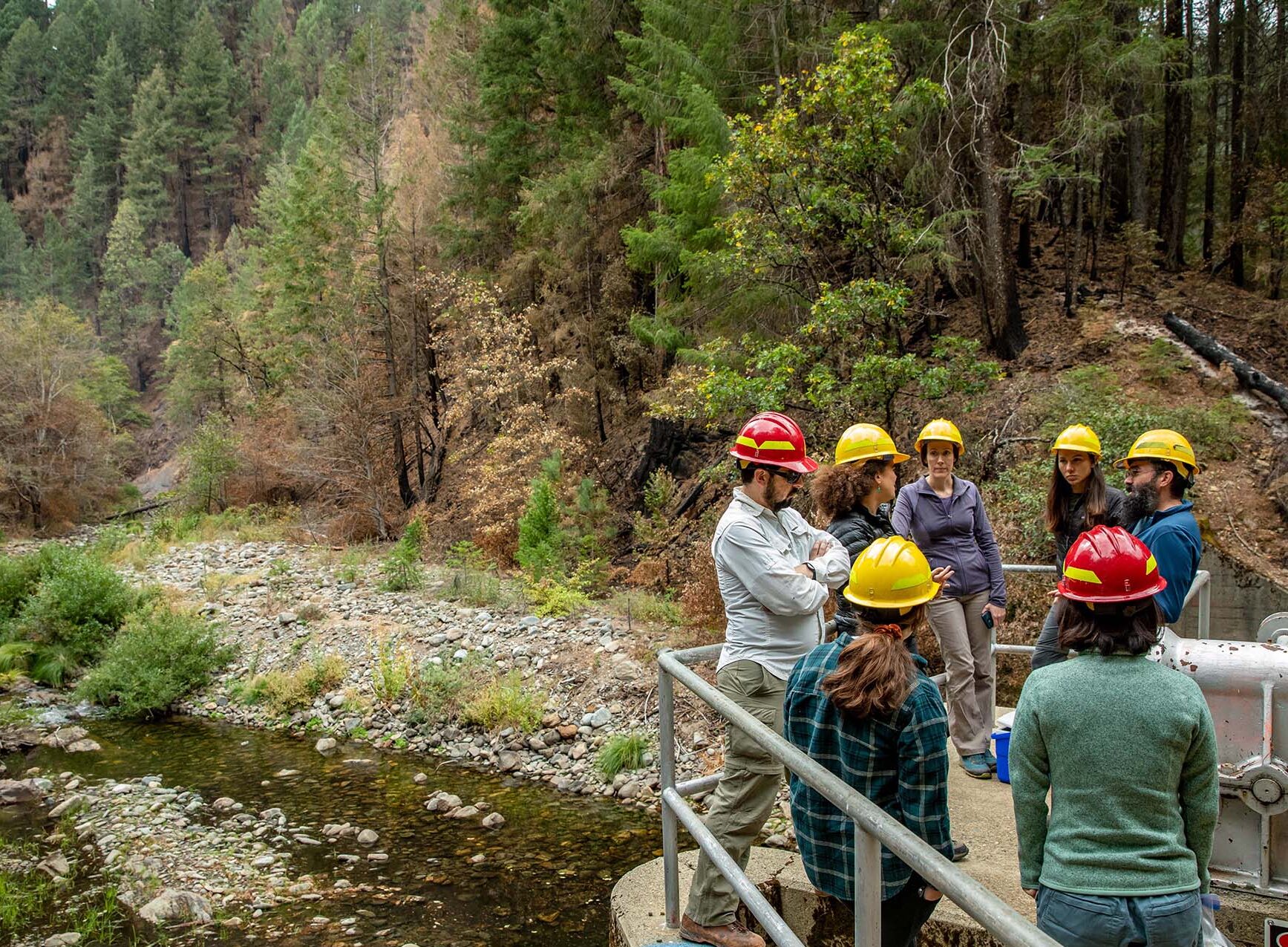
Many UC postdocs, graduate students, and undergrads who do research at Berkeley Lab go on to distinguished careers in science.
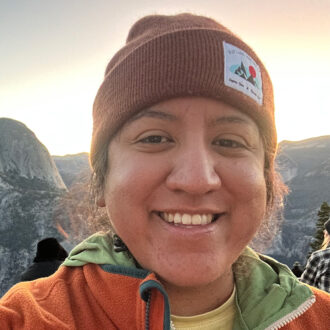
As part of her Joint Genome Institute–UC Merced internship, Sonia Vargas worked with JGI collaborators in the New Lineages of Life Group on isolating, cultivating, and sequencing extremophile protists from a hypersaline alkaline lake in California.
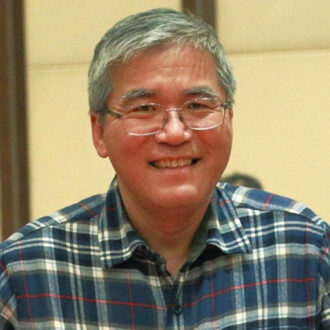
Dung-Hai Lee is a theoretical condensed matter physicist whose research focuses on high-temperature superconductivity and topological quantum materials. The goal of his research is to uncover novel states of matter and understand their physical properties.
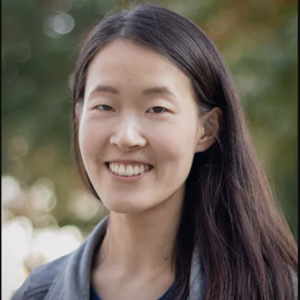
Lilia Xie works on a class of materials with layered structures like sheets of paper stacked on top of one another. By introducing different elements into the spaces between the sheets, scientists can create materials with fascinating electronic and magnetic properties.
